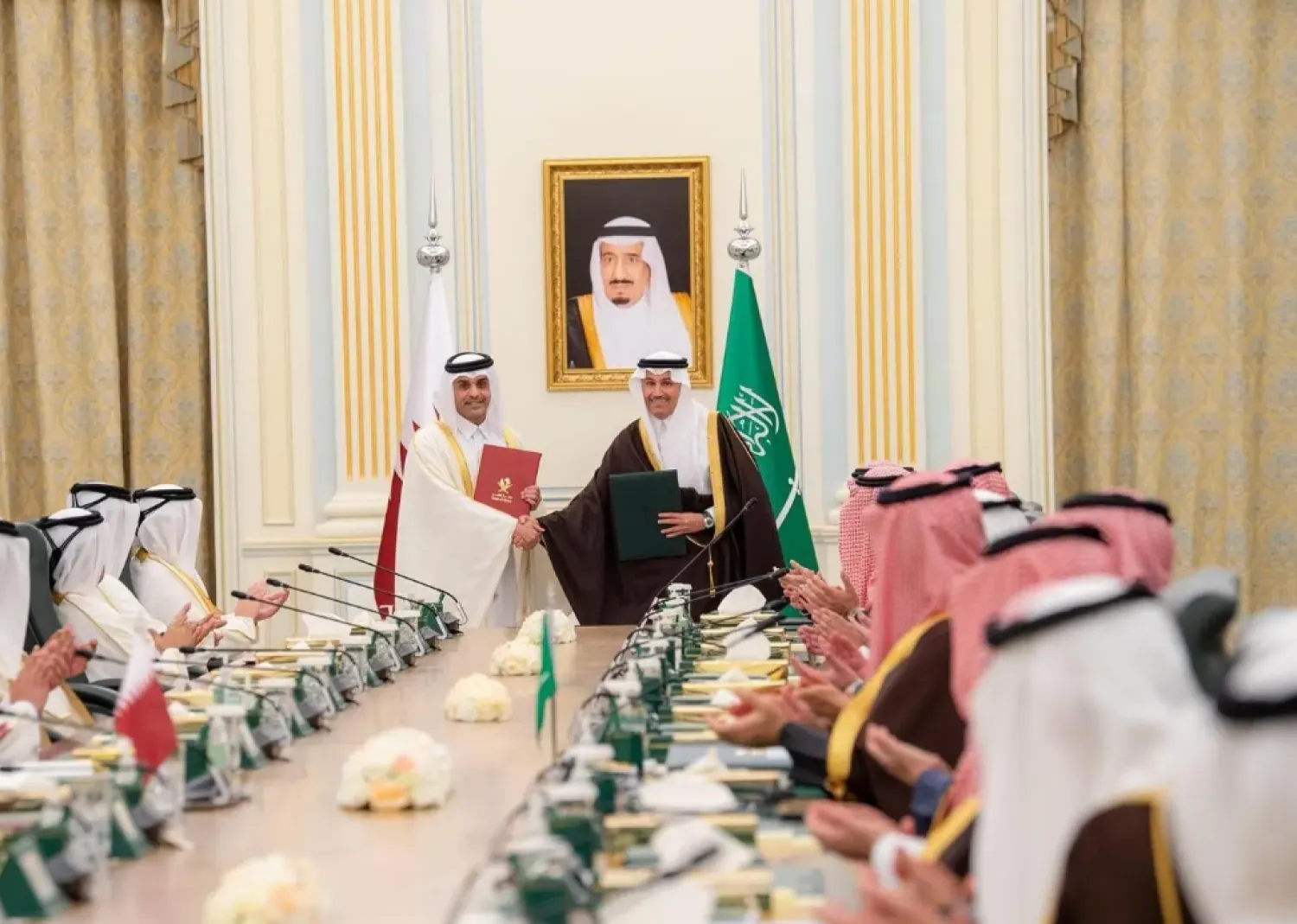Saudi Arabia’s Ministry of Industry and Mineral Resources issued 152 new industrial licenses in January, at a total investment value of SAR 6.2 billion ($1.65 billion), according to a statement.
The new licenses covered five industrial activities, with 27 licenses issued in the food production sector, 20 in the manufacturing of non-metallic mineral products, 19 in the casting of metals sectors.
The ministry also issued 18 licenses in the activity of rubber and plastics production, followed by the manufacturing of chemical products with 14 licenses.
In terms of recipients, small-sized enterprises received most of the new licenses in January, accounting for 89.47% of the total.
Medium-sized enterprises followed with 8.55%, then large enterprises (1.32%).
By investment type, national factories made up 75.66% of the new licenses, followed by foreign establishments (14.47 %) and joint investments (9.87%).
The ministry also confirmed that 79 factories started actual production in the same month, with total investments of SAR 1.3 trillion.
National factories constituted 78.48% of the total plants that commenced actual production in January, followed by foreign factories and joint-investment plants at 12.66% and 8.86%, respectively.
In January, the number of employees increased to 10,800, including approximately 5,000 Saudi employees and around 5,800 expatriate workers.
The Ministry of Industry and Mineral Resources, through the National Center for Industrial and Mining Information, releases monthly updates on key industrial indicators, illustrating the nature of industrial activity in the Kingdom.
This includes insights into the changes in new industrial investments and factories starting production.









